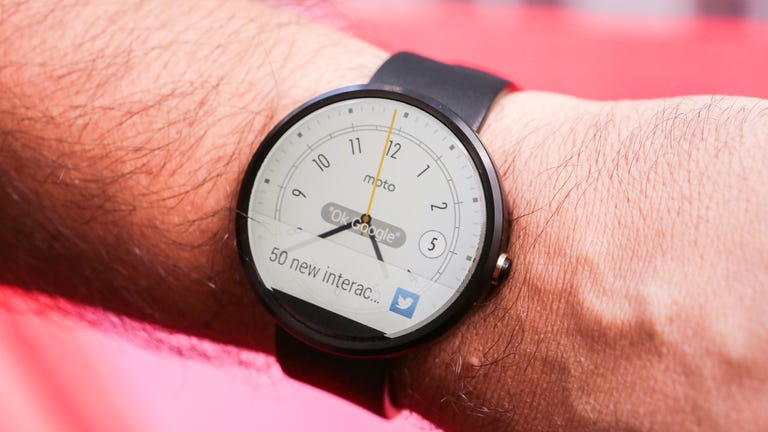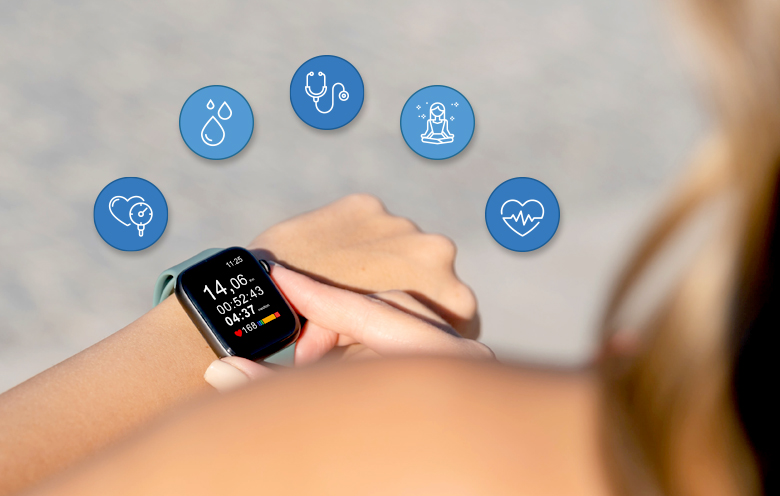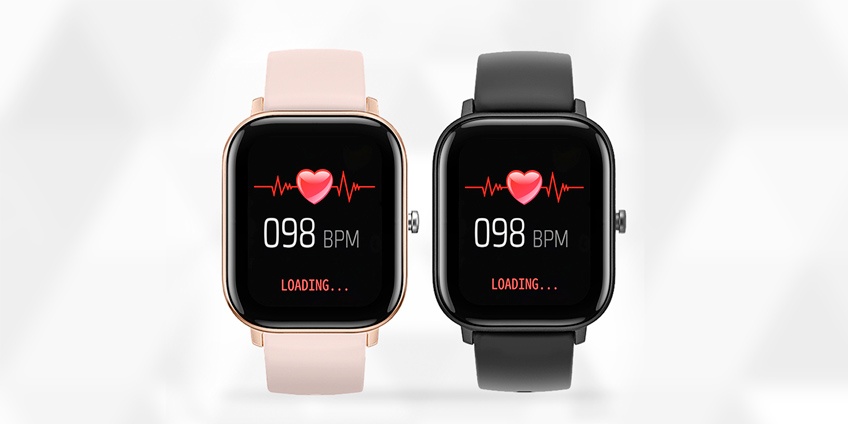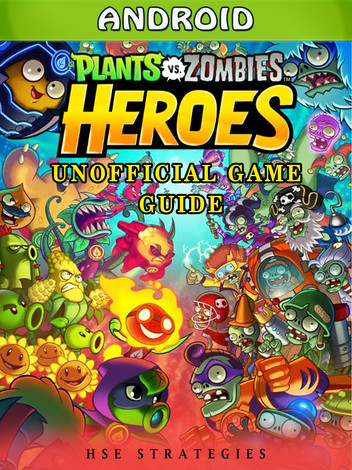
Beyond the Wrist: How Android Smartwatches and Gadgets Are Redefining Connectivity
For years, the world of Android wearables felt like the Wild West—a fragmented landscape of ambitious but often flawed devices chasing the polished, unified experience of their Cupertino rival. Early adopters remember the excitement of the first Moto 360, a device that promised the future but delivered a frustratingly short battery life and laggy performance. Fast forward to today, and the narrative has completely changed. The Android smartwatch is no longer just a second screen for notifications; it’s a sophisticated health monitor, a smart home controller, and the central hub of a rapidly expanding ecosystem of smart devices. This transformation, fueled by strategic partnerships and a renewed focus on user experience, is one of the most exciting stories in recent Android News.
This article dives deep into the modern world of Android smartwatches and wearables. We’ll move beyond simple spec sheets to explore the evolution of the platform, analyze how these devices integrate deeply with your Android Phones, and provide actionable insights to help you navigate the exciting landscape of modern Android Gadgets. Whether you’re a tech enthusiast, a fitness buff, or simply curious about what a smartwatch can do for you in 2024, this guide will illuminate the powerful capabilities now resting on your wrist.
The Evolution of the Android Wearable: From Geeky Gadget to Lifestyle Essential
The journey of the Android smartwatch is a tale of perseverance. What started as a niche category for tech enthusiasts has weathered growing pains, market fragmentation, and intense competition to emerge as a mature and compelling product category. Understanding this evolution is key to appreciating the sophistication of today’s devices.
The Awkward Teenage Years: Early Android Wear
The initial launch of Android Wear (as it was then called) in 2014 was met with a wave of optimism. Devices like the LG G Watch and the stunningly designed, round-faced Moto 360 captured the imagination. The promise was simple: bring the power of Google Now and essential notifications to your wrist. However, the reality was fraught with issues. The most common pitfalls included:
- Poor Performance: Early processors were underpowered, leading to stuttering animations, slow app-loading times, and a generally frustrating user experience.
- Abysmal Battery Life: It was not uncommon for first-generation watches to struggle to make it through a single day, a deal-breaker for a device meant to be worn constantly.
- A Vague “Why”: Beyond mirroring notifications, there wasn’t a killer application or use case that made the smartwatch feel essential. It was a cool gadget, but not a necessary one.
This early phase saw many manufacturers, including Motorola and LG, eventually exit the market, leaving the platform’s future in doubt.
The Fragmented Wilderness and the Rise of Tizen
As Google’s Wear OS stagnated, other players carved out significant market share. Samsung, once a partner in the Android Wear project, pivoted to its own Tizen-based operating system for its Galaxy Watch line. Tizen was a revelation in terms of performance and efficiency. It offered a fluid interface, the beloved rotating bezel for navigation, and multi-day battery life—addressing the core weaknesses of Wear OS. Meanwhile, companies like Fitbit and Garmin dominated the fitness space with purpose-built devices that offered incredible battery life and deep health metrics. This fragmentation, however, meant that the experience for Android users was inconsistent. A Samsung watch worked best with a Samsung phone, a Fitbit had its own ecosystem, and the true promise of a unified Android experience remained unfulfilled.
A Glimmer of Hope: The Google-Samsung Alliance

The turning point came at Google I/O 2021. In a landmark piece of Android News, Google and Samsung announced they were joining forces. They would merge the best of Wear OS (Google’s vast app ecosystem, developer tools, and services like Google Assistant and Maps) with the best of Tizen (Samsung’s performance optimizations, power efficiency, and UI expertise). This collaboration gave birth to Wear OS 3, a platform that finally had the polish, performance, and backing to truly compete. It marked the beginning of a renaissance, signaling that Google was once again serious about the wrist.
The Wear OS Renaissance: A Deep Dive into the Modern Android Smartwatch
The collaboration between Google and Samsung wasn’t just a software update; it was a fundamental relaunch of the platform. Wear OS 3, and its successor Wear OS 4, transformed the user experience, making the modern Android smartwatch a powerful and delightful companion to your phone.
What Makes Wear OS 3 & 4 So Different?
The new platform addressed nearly every major complaint leveled against its predecessors. The improvements are tangible and immediately noticeable to anyone who used an older Wear OS device.
- Performance and Efficiency: Apps now launch up to 30% faster on the latest platform. Animations are smooth, scrolling is fluid, and the entire system feels responsive. Crucially, these performance gains did not come at the expense of battery life. Thanks to optimizations from the Tizen merger, watches like the Samsung Galaxy Watch 6 can comfortably last a full day or more with heavy use, including sleep tracking.
- A Refined User Experience: The interface is cleaner and more intuitive. “Tiles” (now a core part of the OS) allow users to swipe left or right from the watch face to access glanceable information and quick actions from their favorite apps—like starting a workout, checking the weather, or controlling media playback. This makes interacting with the watch far more efficient than digging through an app list.
- A Thriving App Ecosystem: With Google and Samsung’s combined might behind the platform, developers have returned in droves. Key applications have been rebuilt from the ground up. Google Maps offers on-wrist navigation, Google Wallet provides seamless contactless payments, and apps like Spotify and YouTube Music support offline downloads, allowing you to leave your phone behind on a run. This robust app support is what elevates the device from a simple tracker to a true smart gadget.
Case Study: The Google Pixel Watch 2 vs. The Samsung Galaxy Watch 6
The current market is best represented by the two flagship devices from the platform’s architects. While both run Wear OS, they offer distinct experiences tailored to different users.
Google Pixel Watch 2: This is Google’s vision for a smartwatch. It’s defined by its elegant, minimalist design with a domed glass display that seamlessly blends into its casing.
- Strengths: Its “killer app” is the deep and exclusive integration with Fitbit. It provides some of the most accurate heart rate tracking, sleep analysis, and stress management features on the market. The user interface is pure Google—clean, simple, and powered by a more responsive Google Assistant. It offers the “stock Android” experience for your wrist.
- Considerations: It comes in only one size, which may not suit all wrists. While the battery life is vastly improved over the first generation, it still generally trails the Galaxy Watch.
Samsung Galaxy Watch 6 Series: Samsung’s offering is all about choice and power. It comes in multiple sizes and offers a “Classic” model that brings back the fan-favorite physical rotating bezel for navigation.
- Strengths: The Galaxy Watch often packs more powerful hardware, leading to exceptionally smooth performance. Its display is bright and beautiful, and it offers more customization options through Samsung’s One UI Watch overlay. Features like body composition analysis provide health data not found on the Pixel Watch.
- Considerations: Some of its most advanced health features, like the ECG and blood pressure monitor, are restricted to work only when paired with Samsung Android Phones, creating a slight “walled garden” effect.
Beyond the Wrist: The Expanding Ecosystem of Smart Android Gadgets
The true power of the modern Android wearable isn’t just what it can do on its own, but how it functions as the conductor of a symphony of connected devices. The smartwatch is evolving from a satellite of the phone into a central hub for your personal area network of Android Gadgets.
The Smartwatch as a Personal Command Center

The integration between watch, phone, and smart home has never been tighter. This creates powerful real-world scenarios that simplify daily tasks.
- Smart Home Control: With the Google Home app on your wrist, you can adjust your Nest thermostat, dim your Philips Hue lights, or check your Nest camera feed without ever touching your phone. A simple voice command to the Google Assistant on your watch—”Hey Google, run the ‘Movie Night’ routine”—can dim the lights and turn on the TV.
- Phone and Watch Synergy: Features are designed to work in concert. If you get a call, you can answer it on your watch. If you start navigating on your phone with Google Maps, turn-by-turn directions automatically appear on your wrist. You can even use your watch as a remote viewfinder and shutter for your phone’s camera, perfect for group photos. Misplaced your phone? Just tap the “Find my device” button on your watch to make it ring.
The Rise of Smart Rings and Hearables
The wearable ecosystem is expanding beyond the watch. The latest Android News is buzzing with talk of new form factors that serve different, more specialized purposes.
- Smart Rings: Devices like the Oura Ring and the hotly anticipated Samsung Galaxy Ring are designed for passive, 24/7 health monitoring. Their primary advantage is comfort, especially for sleep tracking. They focus on collecting data on sleep stages, body temperature, and recovery (readiness score) with minimal intrusion, syncing it all back to an app on your phone. They are not for notifications, but for deep, unobtrusive health insights.
- Hearables: Smart earbuds like the Google Pixel Buds Pro are more than just for listening to music. They are powerful Android Gadgets in their own right. Features like real-time translation, seamless switching between your phone and tablet, and hands-free Google Assistant access make them an essential part of the ecosystem. They work in tandem with your phone and watch to create a bubble of personal, intelligent audio.
The Magic of Seamless Integration
The thread that ties this all together is the focus on effortless connectivity. Technologies like Android’s Fast Pair make the initial setup of a new watch or earbuds a one-tap process. Once connected, the devices intelligently hand off tasks. Start a podcast on your phone, and playback controls appear on your watch. Pause the podcast, and your Pixel Buds will automatically switch audio to a video call coming in on your laptop. This interoperability is the true promise of the Android ecosystem realized—a collection of devices that are smart on their own, but brilliant together.
Choosing Your Perfect Companion: Practical Tips and Considerations

With a mature and diverse market, selecting the right Android wearable can feel overwhelming. By focusing on your personal needs and understanding a few common pitfalls, you can make an informed decision.
Define Your “Why”: Fitness Guru or Notification Ninja?
Before you even look at specs, ask yourself what you primarily want the device for. Your answer will guide your choice more than any other factor.
- For the Fitness-Focused User: If your main goal is tracking runs, gym sessions, and health metrics, prioritize devices with top-tier sensors. The Pixel Watch 2’s Fitbit integration is best-in-class for casual and serious fitness enthusiasts alike. For ultra-marathoners or triathletes, a dedicated device from Garmin might still be the better choice due to its specialized metrics and phenomenal battery life.
- For the Productivity and Connectivity Power User: If you want a true phone extension to manage notifications, take calls, and use apps, focus on the core user experience. The Samsung Galaxy Watch 6 offers a snappy interface, a bright screen for readability, and an LTE option for true phone-free connectivity.
Common Pitfalls to Avoid
- Ignoring Real-World Battery Life: Manufacturers’ battery claims are always based on idealized usage. Before buying, search for reviews that test the battery life under real-world conditions that match your own intended use (e.g., “Pixel Watch 2 battery life with always-on display and GPS”).
- The Compatibility Trap: Be aware of ecosystem lock-in. As mentioned, the Samsung Galaxy Watch’s most advanced health features only work with Samsung Android Phones. If you own a Pixel, OnePlus, or another brand, you won’t be able to use them. Always verify full compatibility with your specific phone model.
- Chasing Specs on Paper: Don’t get overly fixated on processor clock speeds or RAM amounts. A well-optimized software experience on slightly older hardware (like the first-gen Pixel Watch) can often feel better than poorly optimized software on the latest chip. User experience is king.
The Future on Your Wrist is Now
The journey of the Android smartwatch from a clunky, compromised gadget to a polished, indispensable tool is complete. The Wear OS renaissance, driven by the powerful Google-Samsung alliance, has delivered on the platform’s original promise. Today’s devices are fast, functional, and deeply integrated into our digital lives, serving as the perfect companions to our Android Phones. They are no longer just accessories but key components in a growing, interconnected ecosystem of smart Android Gadgets designed to make our lives easier and healthier.
As we look to the future, we can expect this integration to become even more profound. With advancements in on-device AI, longer-lasting batteries, and non-invasive health sensors, the wearable on your wrist is poised to become even more personal and proactive. The awkward teenage years are a distant memory; the golden age of the Android wearable is here.



